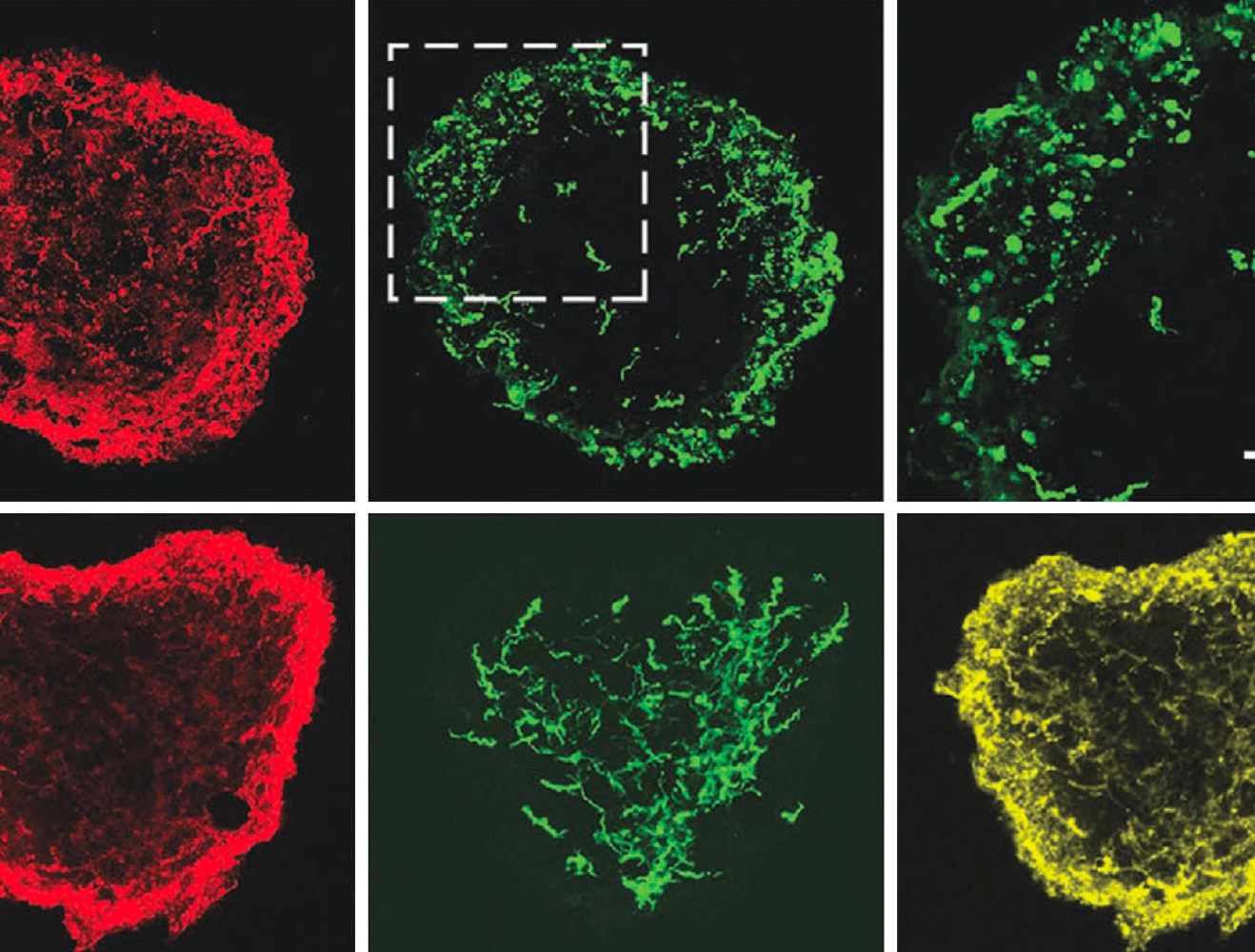Publication
Lipid-Bilayer-Supported 3D Printing of Human Cerebral Cortex Cells Reveals Developmental Interactions
Current understanding of human brain development is rudimentary due to suboptimal in vitro and animal models.
Read more

Current understanding of human brain development is rudimentary due to suboptimal in vitro and animal models.
In particular, how initial cell positions impact subsequent human cortical development is unclear because experimental spatial control of cortical cell arrangement is technically challenging. 3D cell printing provides a rapid customized approach for patterning. However, it has relied on materials that do not represent the extracellular matrix (ECM) of brain tissue. Therefore, in the present work, a lipid-bilayer-supported printing technique is developed to 3D print human cortical cells in the soft, biocompatible ECM, Matrigel.